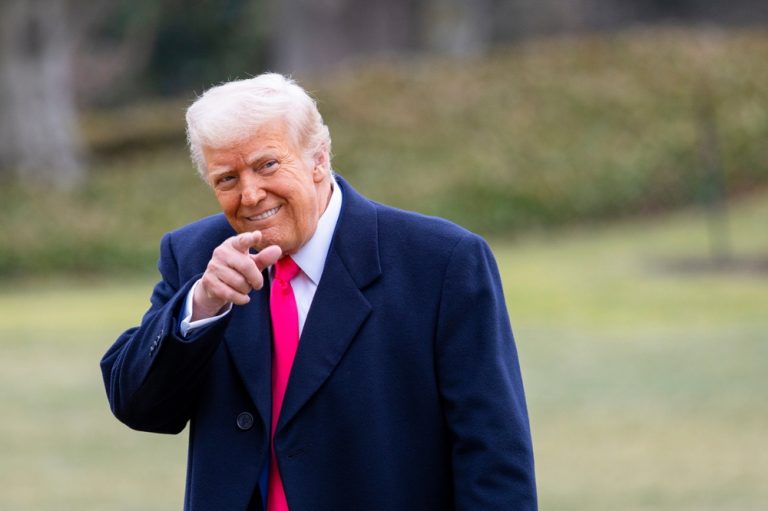Tensions between India and Pakistan have escalated significantly after Pakistan claimed to have “credible intelligence” that India intends to carry out a military action against Pakistan within the next 24 to 36 hours. This claim came amid a rising crisis in Kashmir, one of the world’s most disputed regions, and followed a brutal attack on tourists in Pahalgam, Indian-administered Kashmir.
The global community, including the United States and China, have urged both nations to exercise restraint, but the military rhetoric continues to heat up. With the possibility of military action hanging in the air, the situation remains dangerously volatile.
The Kashmir Conflict: A Longstanding Flashpoint
Kashmir has long been a contentious region, controlled in part by both India and Pakistan, but claimed in its entirety by both countries. Over the decades, the two nuclear-armed neighbors have fought three wars over the region, with tensions often flaring up into military conflict. The situation became more critical after militants massacred 26 tourists in Pahalgam, India, an event that has sparked outrage in India and calls for a forceful retaliation.
Prime Minister Narendra Modi of India vowed to pursue the attackers “to the ends of the earth,” raising concerns that India might respond with military strikes similar to those carried out in 2019. This act of aggression could potentially lead to another conflict, exacerbating the already precarious situation.
The Role of International Diplomacy
As the conflict between India and Pakistan continues to escalate, both the United States and China have urged both sides to de-escalate the situation. U.S. Secretary of State Marco Rubio has called for cooperation between India and Pakistan to prevent further hostilities, while China, which shares a complex relationship with both countries, has also urged restraint.
U.S. involvement in the region is driven by strategic interests in countering China’s influence in the Indo-Pacific, while Pakistan’s ties with China have strengthened in recent years. The relationship between India and China has also been strained, particularly over territorial disputes in the region.
The Escalating Tit-for-Tat
In the days following the attack in Pahalgam, both India and Pakistan took reciprocal actions. India canceled the visas of Pakistani nationals, while Pakistan reciprocated with similar actions. Diplomatic relations between the two nations have been severely downgraded, and both governments have ordered the return of diplomats and citizens by April 30.
Additionally, India has suspended its participation in the Indus Water Treaty, a historic agreement that governs the sharing of water resources between the two countries. This treaty has long been a pillar of diplomacy in the region, and any disruption to it could have significant consequences for both nations.
Military Posturing and Growing Concerns
Both India and Pakistan have ramped up military activities in the region. Pakistan shot down an Indian drone, claiming it was involved in espionage activities. Meanwhile, India has conducted missile tests to demonstrate its readiness for long-range precision strikes. This display of military might is accompanied by heightened tensions along the Line of Control, with both sides exchanging gunfire for several consecutive nights.
The escalation of military action between the two countries is a concerning development. Both nations have nuclear capabilities, and any full-scale conflict could have catastrophic consequences for the region and the world. The international community is closely monitoring the situation, hoping for a diplomatic resolution before military action is taken.
The Road Ahead: Potential for Conflict or Diplomacy?
The situation remains fluid, and the next few days could be crucial in determining whether tensions will de-escalate or continue to rise. While both India and Pakistan have strong military capabilities, the global community, including the United States and China, is pushing for peaceful negotiations to avoid a full-scale war.
The international community has called for both sides to return to the negotiating table and work out a peaceful solution to the Kashmir dispute. However, with the political situation becoming increasingly tense and the rhetoric intensifying, the path to peace seems increasingly difficult.
In the coming days, the world will be watching closely to see if diplomacy can prevail or if this will lead to another chapter of conflict between two of the world’s most powerful nuclear-armed nations.





















